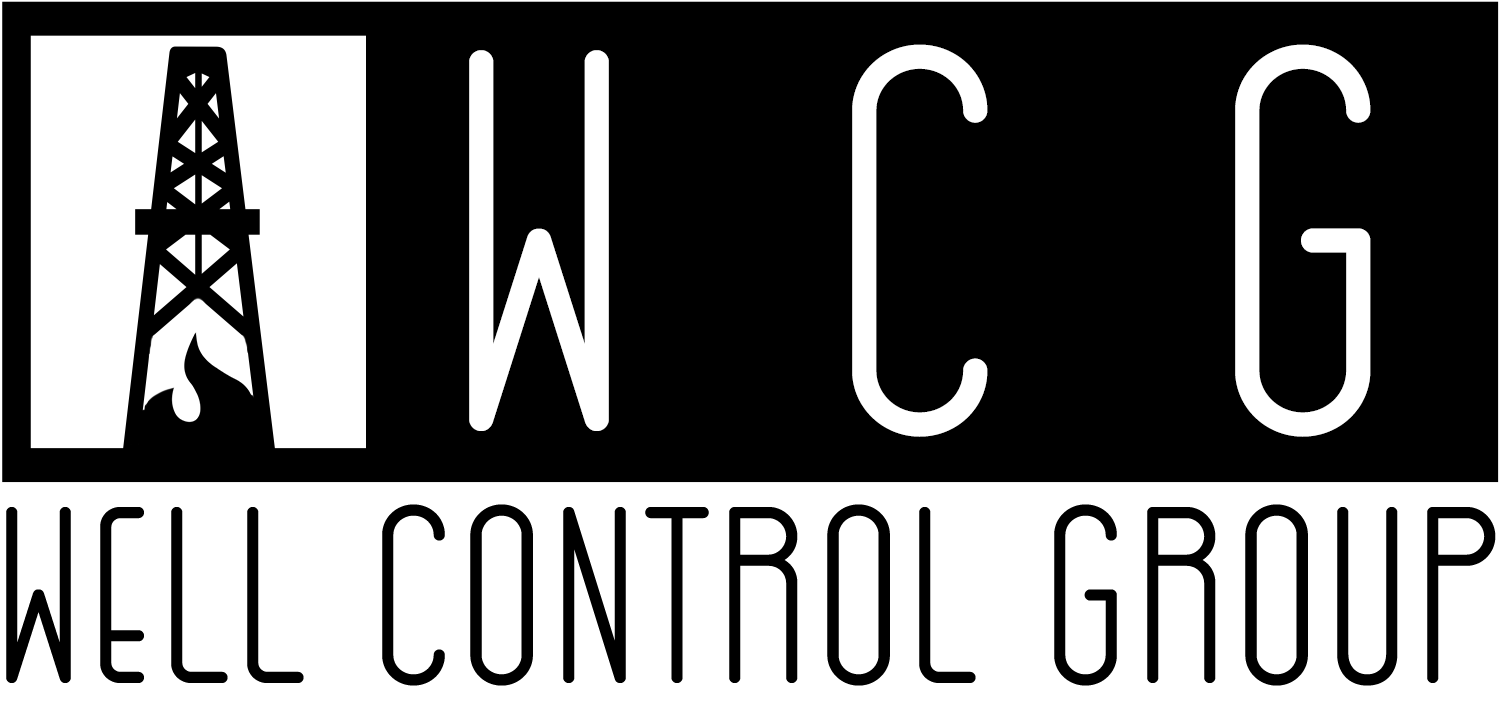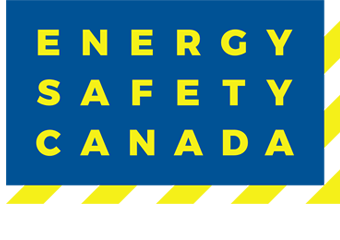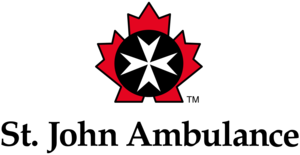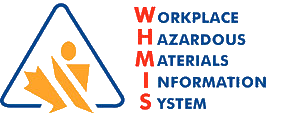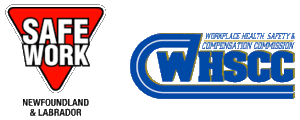Aerial Work Platform (Boomlift and/or Scissor)
TO REGISTER FOR THIS COURSE, A CANDIDATE NEEDS TO PROVIDE
A valid email address
Introduction
The primary objective of this aerial lifts operator training program is to provide you with the knowledge and skill required to demonstrate safe, competent operation of the equipment addressed. This overall objective may be broken down into several specific objectives that are secondary, but necessary, in order to reach the final objective of qualification as an aerial lift operator.
Course Information
Duration: 1 day course
Components: Theory and Practical
Course Outline
Chapter 1: The Rules
• Regulations
• Industry Standards
• Company/Employer Policy
• Manufacturer’s Instructions
• Specific Rules and Responsibilities
• Specific Regulations
Chapter 2: Types of Aerial Lifts
• Self-propelled and Boom-supported Elevating Work Platforms
Chapter 3: Main Parts and their Functions
• Base Section
• Turret Section (Aerial Boomlift)
• Boom Section (Boomlift)
• Elevating Section (Scissor Lift)
• Platform Section
Chapter 4: Safety Systems and Devices
• Interlock Devices/Limit Switches
• Slope Warning System
• Function-enable (Deadman) Devices
• Drive-direction Arrows
• Drive-enable System/Switch (Boomlift)
• Oscillating Axles
• Oscillating Axle Lock
• Extendable Axles (Boomlift)
• Outriggers/Stabilizers
• Platform Auto-Level System
• Pothole Protection (Scissor Lift)
• Safety Prop (Scissor Lift)
• Envelope Management System
• Auxiliary Power System
• Auxiliary/Manual Lowering System
• Lift/Drive Selector
• Manual Brake Release
Chapter 5: Specifications
• Dimensions and Measurements
• Capabilities
• Options
Chapter 6: Stability and Capacity Characteristics
• Leverage
• Center of Gravity
• Motion
• Unit of Configuration
Chapter 7: Inspections
• Frequent
• Annual
• Structural (CSA Only)
• Pre-start
• Workplace Inspection
Chapter 8: Fall Protection
• Guardrails
• Personal Fall Protection System
• Inspection and Care of Personal Fall Protection Systems
• Proper Use of Personal Fall Protection Systems
• Rescue Plan
Chapter 9: Safe Operating Procedures
• Traveling
• Steering
• Unit Setup
• Unit Positioning
• Platform Positioning
• Working While Elevated
Chapter 10: Parking and Shutdown
• Fueling
• Propane Cylinders
• Battery Charging
Exam
Practical
Completion of pre-use operations, visual and workplace inspections. Demonstration and safe use of all operational/emergency function will be completed.
